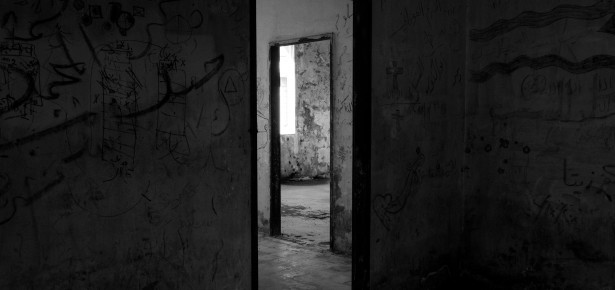
Indeed, terrorism is a top priority for security. Most security studies focus on how to prevent terrorist attacks, analyzing the ways in which terrorist groups recruit people, fund their operations, make propaganda, and receive support from the local population.
However, there is an alternative way of looking at terrorism. Terrorism can also be understood as a form of political violence that results from a certain configuration of economic, social, political and cultural factors. Political violence, from this perspective, is a feature of the polity that may be explained using the standard tools of comparative analysis.
Some varieties of terrorism can be approached as manifestations of resistance by a radical fringe of society to the advancement of liberal democracy and capitalism. It is a particularly extremist and violent reaction to the broad process of modernization, linked to other milder and more massive forms of resistance. The question, then, is why in some places the resistance against modernization adopts terrorist forms.
In order to answer this question, the analysis of historical trajectories regarding the modernization process may be extremely useful. Unfortunately, there is very little work on the historical roots of terrorism. In my book, The Historical Roots of Political Violence. Revolutionary Terrorism in Developed Countries (1970-2000), I study whether historical paths of development at the country level can help to account for the cross-national variation in the incidence of revolutionary terrorism.
Revolutionary terrorism opposed liberal democracy and capitalism. Violence was supposed to trigger a revolutionary uprising of the masses that would lead to a socialist society. It appeared in the wake of the 1968 cycle of protests in many developed countries. Those with more radical views on the Left went underground, took arms and acted in the urban landscape attacking mainly security forces, business people and state officials. These were groups such as the Red Brigades in Italy, the Red Army Faction in Germany, the GRAPO in Spain, the United Red Army in Japan and the November 17th Revolutionary Organization in Greece. Overall, they killed 424 people in the 1970-2000 period.
Why do we observe lethal revolutionary terrorism in these countries but not in the United Kingdom, in the Netherlands or in Switzerland? Examining a sample of 23 affluent countries, it turns out that countries that followed a non-liberal development path in the interwar period developed revolutionary terrorism some decades later, whereas those who followed a liberal path did not. Countries can be ranked in a liberal / non-liberal dimension taking into account variables such as the breakdown of democracy, civil wars, levels of land inequality, industrialization, varieties of capitalism and precedents of anarchist terrorism. The correlation of the index of liberal development in the interwar years and the intensity of revolutionary terrorism between 1970 and 2000 is extremely high and robust.
We can go further back than the interwar period. The long-term explanation for why some developed countries followed the liberal path whereas others followed the non-liberal one and suffered revolutionary terrorism has to do with the strength of individualism. Societies where the individual enjoyed greater autonomy and protection from at least medieval times, the liberal path was more likely, for there was lower opposition to capitalism and liberal democracy, and revolutionary terrorism did not occur. Societies where the individual was subject to a strong in group identity, resistance to modernization was higher, a non-liberal path was followed, and revolutionary terrorism became lethal in the 1970-2000 period.
Latest Comments
Have your say!